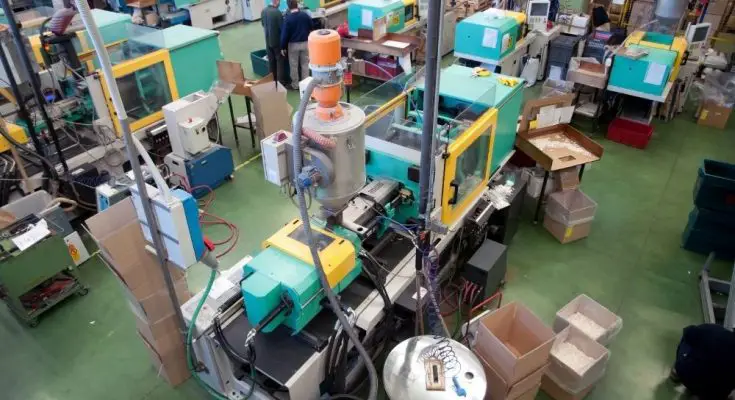Which plastic injection molding material is the best? There’s no one answer to that. It depends on what you’re looking to mold.
There are a few factors you’ll need to take into account when choosing a material for plastic injection molding. These include the function of the part and the environmental conditions it has to withstand.
If you’re new to plastic injection molding, it’s a fascinating process. It creates small plastic parts by injecting heated material into a mold.
A wide variety of materials is used for the plastic injection molding process, but some are used more often than others. That’s because some materials are more versatile than others and can be molded into many different products. Here are three of the most common plastic injection molding materials.
Acrylic (PMMA)
Acrylic is a durable thermoplastic that’s completely clear. It’s a lightweight, shatter-free alternative to standard glass. PMMA is transparent and allows light to effortlessly pass through it. Acrylic is an in-demand material for:
- Windows
- Greenhouses
- Solar panels
- Other architectural and lighting applications
Acrylic comes in a few different varieties. If you need an exceptionally durable material, you should use sign-grade acrylic, which is ten times stronger than standard acrylic. There’s also marine-grade acrylic, which holds up well when submerged in salty waters.
Acrylonitrile Butadiene Styrene (ABS)
ABS is one of the most accessible materials. It’s a thermoplastic that has numerous applications across numerous industries. Thanks to ABS’s styrene content, it’s durable, affordable, and provides a shiny finish. However, despite its strength and durability, it’s not ideal for outdoor applications.
ABS is a common material for:
- Keyboard keys
- Headgear
- Dashboards
- Wheel covers
- Various auto body parts
Various consumer goods, like sports equipment, also use ABS as a material. As you can see, it’s a highly versatile material for plastic injection molding.
Nylon Polyamide (PA)
Nylon is a synthetic type of polyimide. It’s a prevalent material, but it can be a bit challenging to work with at times. That’s because it’s prone to shrinkage when you melt it down. The good news is that it boasts abrasion resistance, heat resistance, and noise dampening qualities. A notable downside is that nylon is flammable.
Nylon is popular for:
- Toothbrushes
- Medical implants
- Electrical connectors
- Gears and slides
The above three are the most common plastic injection molding materials. These are by no means the only materials used for this process, but they’re the most commonly used. These materials are typically favored for their versatility, durability, and cost-effectiveness.



